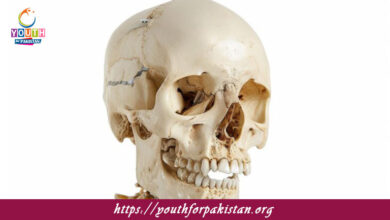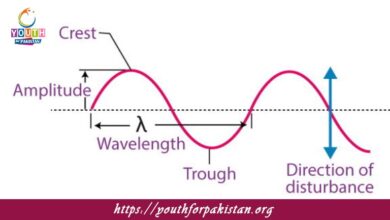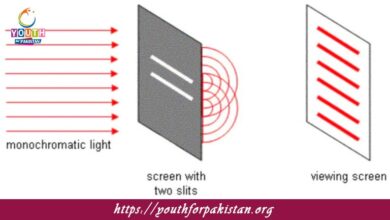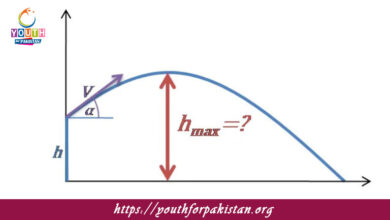Ideal Gas Equation MDCAT MCQs with Answers
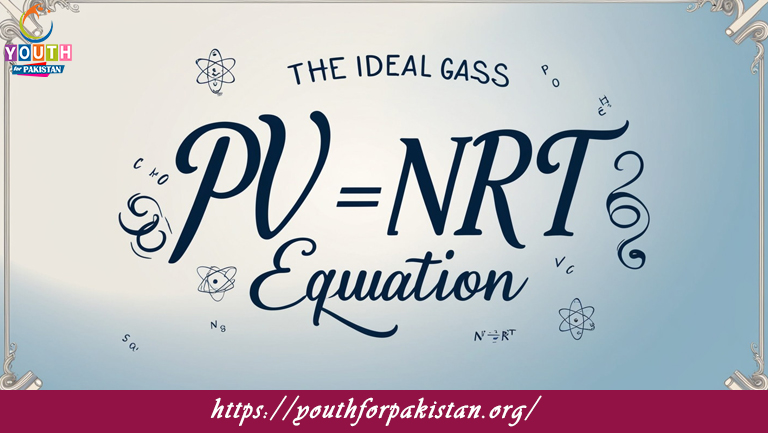
Welcome to the Ideal Gas Equation MDCAT MCQs with Answers. In this post, we have shared Ideal Gas Equation Multiple Choice Questions and Answers for PMC MDCAT 2024. Each question in MDCAT Chemistry offers a chance to enhance your knowledge regarding Ideal Gas Equation MCQs in this MDCAT Online Test.
If the volume of an ideal gas is doubled while the temperature and pressure are kept constant, what happens to the number of moles of the gas?
a) It increases
b) It decreases
c) It remains constant
d) It becomes zero
In the ideal gas law, what happens to the pressure of the gas if the temperature is increased while keeping the volume constant?
a) It decreases
b) It increases
c) It remains constant
d) It becomes zero
If the temperature of an ideal gas is halved while the pressure and volume are kept constant, what happens to the number of moles?
a) It decreases
b) It remains constant
c) It increases
d) It becomes zero
The ideal gas law can be derived from which of the following laws?
a) Boyle’s Law, Charles’s Law, and Avogadro’s Law
b) Dalton’s Law and Henry’s Law
c) Raoult’s Law and Graham’s Law
d) Gay-Lussac’s Law and Graham’s Law
What does Avogadro’s Law state about the volume of gas and the number of moles?
a) Volume is inversely proportional to moles
b) Volume is directly proportional to moles
c) Volume is independent of moles
d) Volume is inversely proportional to pressure
Which of the following gases behaves the most ideally under standard temperature and pressure (STP) conditions?
a) Hydrogen
b) Carbon dioxide
c) Nitrogen
d) Argon
At which of the following temperatures would an ideal gas deviate most from ideal behavior?
a) 0°C
b) 100°C
c) 300°C
d) 500°C
According to Charles’s Law, if the volume of a gas is increased at constant pressure, what happens to the temperature?
a) It increases
b) It decreases
c) It remains constant
d) It becomes zero
What happens to the pressure of an ideal gas if its volume is reduced to half while keeping the temperature constant?
a) It remains constant
b) It doubles
c) It halves
d) It quadruples
The relationship between pressure and volume at constant temperature is described by which law?
a) Charles’s Law
b) Avogadro’s Law
c) Boyle’s Law
d) Gay-Lussac’s Law
If the pressure of a gas is doubled while the volume and temperature are kept constant, what happens to the number of moles?
a) It remains constant
b) It doubles
c) It halves
d) It quadruples
Which variable in the ideal gas equation represents the temperature?
a) P
b) V
c) n
d) T
Which gas constant value is used when pressure is measured in Pascals and volume in cubic meters?
a) 0.0821 L·atm·K⁻¹·mol⁻¹
b) 8.314 J·K⁻¹·mol⁻¹
c) 0.0831 L·bar·K⁻¹·mol⁻¹
d) 1.987 cal·K⁻¹·mol⁻¹
Which of the following is the correct unit for pressure in the ideal gas equation?
a) Pa
b) atm
c) mmHg
d) All of the above
What happens to the volume of a gas if the temperature is decreased while keeping pressure and moles constant?
a) It decreases
b) It increases
c) It remains constant
d) It becomes zero
If the number of moles of an ideal gas is doubled and the temperature is kept constant, what happens to the volume?
a) It remains constant
b) It decreases
c) It doubles
d) It halves
In which of the following conditions does a real gas most closely approximate ideal gas behavior?
a) High pressure and low temperature
b) Low pressure and high temperature
c) High pressure and high temperature
d) Low pressure and low temperature
Which of the following is true for the ideal gas law?
a) It applies to real gases under all conditions
b) It is derived from Dalton’s Law
c) It assumes no intermolecular forces
d) It applies only at very high pressures
In the ideal gas equation, which variable represents the volume of the gas?
a) P
b) n
c) T
d) V
Which law states that the pressure of a gas is directly proportional to its temperature at constant volume?
a) Boyle’s Law
b) Charles’s Law
c) Gay-Lussac’s Law
d) Avogadro’s Law
If the pressure and volume of an ideal gas are both doubled, what happens to the temperature?
a) It remains constant
b) It doubles
c) It halves
d) It quadruples
In the ideal gas equation, what is the effect of increasing the volume of a gas at constant temperature and pressure?
a) Number of moles increases
b) Number of moles decreases
c) Pressure increases
d) Pressure decreases
Which of the following represents a real gas behavior deviation from the ideal gas law?
a) Perfectly elastic collisions
b) No intermolecular forces
c) Significant intermolecular forces
d) Constant volume
At what condition does the ideal gas law fail to provide accurate predictions?
a) Low temperature and high pressure
b) High temperature and low pressure
c) High temperature and high pressure
d) Low temperature and low pressure
Which of the following factors is not assumed in the ideal gas model?
a) Gas molecules have negligible volume
b) Gas molecules do not interact with each other
c) Gas molecules are perfectly spherical
d) Gas collisions are elastic
What is the value of the gas constant
R when using units of L·atm·K⁻¹·mol⁻¹?
a) 0.0821
b) 8.314
c) 1.987
d) 0.0831
The ideal gas law is most accurate for which type of gases?
a) Heavy gases
b) Large molecules
c) Light gases at high pressure
d) Small molecules at low pressure
If the temperature and number of moles of a gas are doubled while the volume is kept constant, what happens to the pressure?
a) It remains constant
b) It doubles
c) It triples
d) It quadruples
What does Boyle’s Law state about the relationship between pressure and volume?
a) Pressure is directly proportional to volume
b) Pressure is inversely proportional to volume
c) Volume is directly proportional to temperature
d) Pressure is directly proportional to temperature
For a given amount of gas, if the temperature increases and the volume remains constant, what happens to the pressure?
a) It decreases
b) It increases
c) It remains constant
d) It becomes zero
Which of the following scenarios would best approximate ideal gas behavior?
a) High pressure and low temperature
b) Low pressure and high temperature
c) High pressure and high temperature
d) Low pressure and low temperature
When using the ideal gas equation, if the pressure is given in mmHg and volume in liters, what is the value of
R?
a) 0.0821 L·atm·K⁻¹·mol⁻¹
b) 8.314 J·K⁻¹·mol⁻¹
c) 62.36 L·mmHg·K⁻¹·mol⁻¹
d) 1.987 cal·K⁻¹·mol⁻¹
Which variable in the ideal gas equation represents the amount of gas?
a) V
b) T
c) n
d) P
In the ideal gas equation, what effect does increasing the number of moles of gas have on the pressure, assuming temperature and volume are constant?
a) It decreases the pressure
b) It increases the pressure
c) It has no effect on the pressure
d) It quadruples the pressure
If you are interested to enhance your knowledge regarding Physics, Chemistry, Computer, and Biology please click on the link of each category, you will be redirected to dedicated website for each category.


